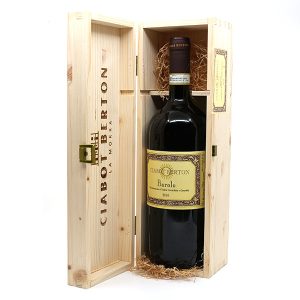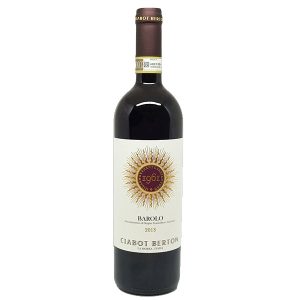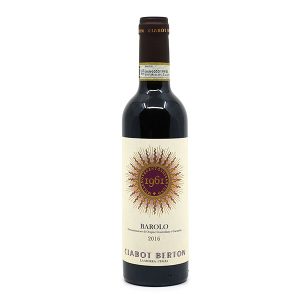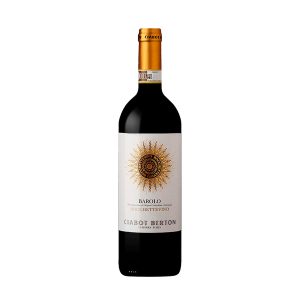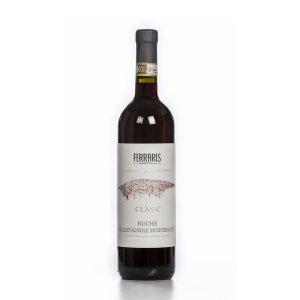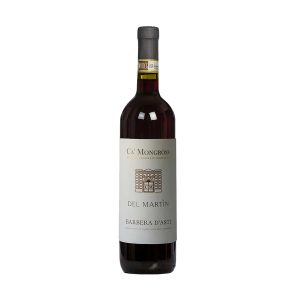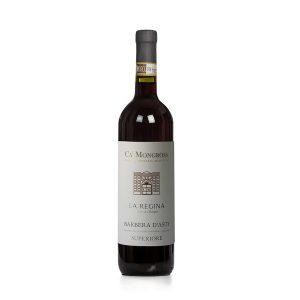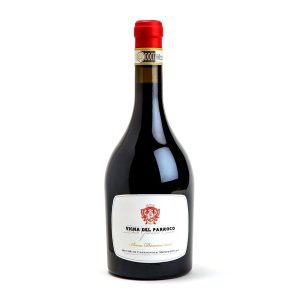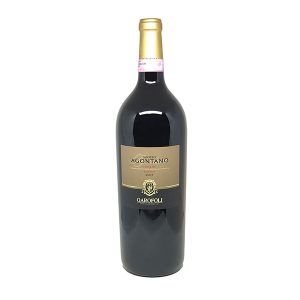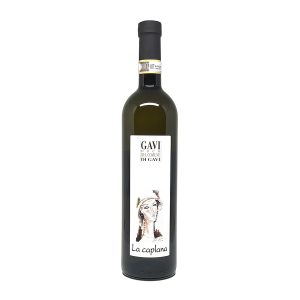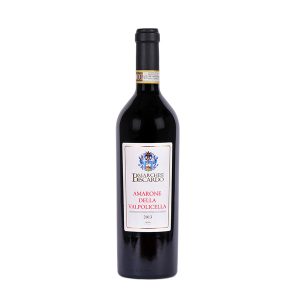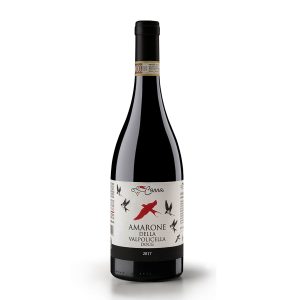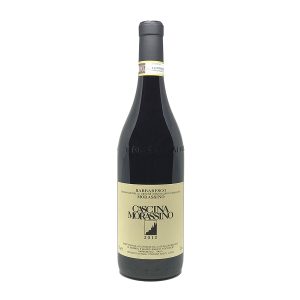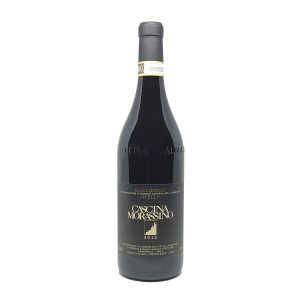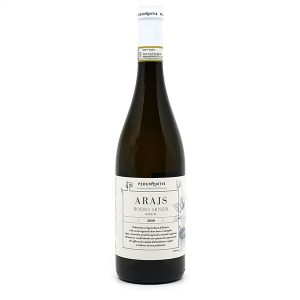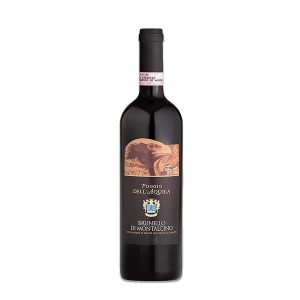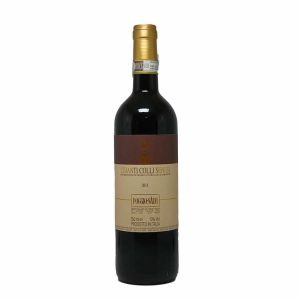D.O.C.G.
DOCG, stands for Denominazione di Origine Controllata e Garantita, a legal category established in italy in 1963 for its highest-quality wines, at the same time as its doc was created as an Italian version of the French appellation contrôlée system. The express purpose of this category was to identify and reward the finest Italian wines, which were to be ‘guaranteed’ (the G), and not merely ‘controlled’. The ‘guarantee’ consists of a laboratory analysis of, among other aspects, the wine’s minimum extract, and a panel tasting.
If the DOC system did not enjoy general credibility because it was eventually applied liberally and with little rigour, the DOCG title, in contrast, was conferred with admirable parsimony in its first years of existence. It was not even used until 1980, and by 1992, when the DOC system was overhauled by law 164, only 11 wines had been deemed worthy of receiving the honour. The first five DOCGs to be conferred were barolo, barbaresco, chianti, brunello di montalcino, and vino nobile di montepulciano, the last of which was the first to be elevated, after having applied as early as 1969. The awarding of DOCG status to albana di romagna in 1986, however, was widely regarded as political in inspiration and a violation of both the letter and spirit of law 930 and, as such, a threat to the viability of the DOCG category itself. It met with such criticism that it was hoped it would have prevented repetition of such an episode.
The authorities nevertheless found themselves in a similar situation with the approval of DOCG for soave, which, while merited in part of the zone, turned into a series of political compromises rather than a coherent attempt to define that which represents the best of Soave. By 2014, there were 73 DOCG wines, many created since the EU reforms of 2008 announcing that from 2011 all promotions would be approved by Brussels. Several of the new DOCGs make sense, such as Amarone della Valpolicella, but many are likely to create confusion or trigger incredulity, notably elevations of Superiore or Riserva versions within an existing DOC, such as Bardolino Superiore and Verdicchio dei Castelli di Jesi Riserva, since these suffixes have so far proved unable to guarantee superior quality. In the past, the greatest successes of DOCG have been to decrease yields and promote an image of quality in virtually every zone to which it has been introduced, but the latest flurry of additions has diluted their significance, especially in the all-too-frequent cases in which the elevation has not involved stricter production rules.
Showing 1–18 of 21 results
-
Red Wine 紅酒
Ciabot Berton, Barolo D.O.C.G. 2013/2016 1.5L (with Box)
Original price was: $1,049.0.$959.0Current price is: $959.0. Add to cart -
Red Wine 紅酒
Ciabot Berton, Barolo D.O.C.G. 2015/2016
Original price was: $406.0.$364.0Current price is: $364.0. Add to cart -
Red Wine 紅酒
Ciabot Berton, Barolo D.O.C.G. 2018 375ml
Original price was: $228.0.$216.0Current price is: $216.0. Add to cart -
Red Wine 紅酒
Ciabot Berton, Roggeri, Barolo D.O.C.G. 2015
Original price was: $487.0.$448.0Current price is: $448.0. Add to cart -
Red Wine 紅酒
Ferraris Agricola, Clàsic Ruchè di Castagnole Monferrato D.O.C.G. 2022/2023/2024
Original price was: $175.0.$153.0Current price is: $153.0. Add to cart -
Red Wine 紅酒
Ferraris Agricola, Vigna del Parroco Ruchè di Castagnole Monferrato D.O.C.G. 2022
Original price was: $294.0.$224.0Current price is: $224.0. Add to cart -
White Wine 白葡萄酒
La Caplana, Gavi di Gavi D.O.C.G. 2023/2024
Original price was: $133.0.$125.0Current price is: $125.0. Add to cart -
Red Wine 紅酒
Marchesi Biscardo, Amarone Della Valpolicella D.O.C.G. 2018
Original price was: $516.0.$487.0Current price is: $487.0. Add to cart -
Red Wine 紅酒
Marchesi Biscardo, Carra, Amarone Della Valpolicella D.O.C.G. 2019
Original price was: $357.0.$335.0Current price is: $335.0. Add to cart -
Red Wine 紅酒
Morassino, Barbaresco D.O.C.G. 2018/2021
Original price was: $399.0.$368.0Current price is: $368.0. Add to cart -
Red Wine 紅酒
Morassino, Ovello, Barbaresco D.O.C.G. 2015/2016/2017/2022
Original price was: $518.0.$490.0Current price is: $490.0. Add to cart -
White Wine 白葡萄酒
Pedemontis, Arajs Roero Arneis D.O.C.G. 2020/2022
Original price was: $179.0.$164.0Current price is: $164.0. Add to cart -
Red Wine 紅酒
Poggio Dell’Aquila, Brunello di Montalcino D.O.C.G. 2018
Original price was: $490.0.$448.0Current price is: $448.0. Add to cart -
Red Wine 紅酒
Poggio Salvi, Chianti Colli Senesi D.O.C.G. 2020
Original price was: $137.0.$115.0Current price is: $115.0. Add to cart

